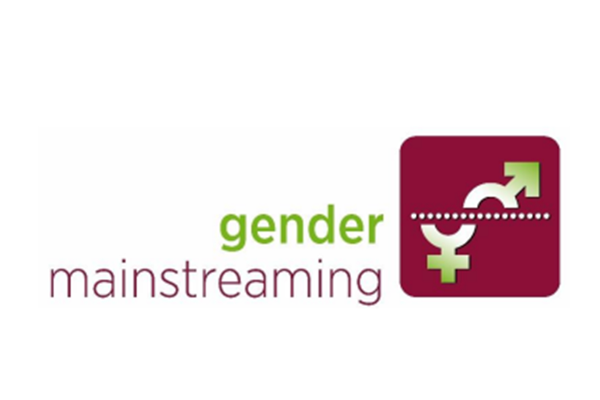Gender Mainstreaming

The Federal Ministry is actively working on the implementation of gender mainstreaming to contribute to gender equality.
The term ‘gender mainstreaming’ designates measures aimed to implement gender equality at all social levels. The concept of gender mainstreaming was discussed for the first time in 1985, at the Third United Nations World Conference on Women held in Nairobi. The Treaty of Amsterdam (1999) made gender mainstreaming the official goal of the European Union’s equality policy.
In its Article 7, the Austrian Federal Constitution stipulates equal rights for women and men: “The Federal Government, the Provincial Governments and the local authorities are committed to actual equality between men and women. Measures taken to promote factual gender equality in particular by eliminating actual inequalities are permitted.”
A mandate for the administration
The lack of gender equality is a fact; men and women can be concerned by political and administrative decisions in very different ways. The guiding principle of gender equality obligates political actors to analyse the different interests and needs of women and men in all their plans and to make their decisions in a way promoting actual gender equality. Such way of acting does not only improve the accuracy and quality of political measures, but also the citizen acceptance of the outcome.
Actual gender equality is promoted effectively where the work of the entire federal administration is consistently oriented towards the guiding principle of gender equality. Therefore, gender mainstreaming is a mandate for the top of the administration just as much as for all employees to take account of the differing interests and life situations of women and men in the structure, in the design of processes and workflows, in results and products, in communication and public relations work and in control from the start.
What is the difference between gender mainstreaming and women’s policies?
The gender mainstreaming approach differs from explicit women’s policies in that both genders are to be taken into account when designing plans. The focus should not be on purely “women-specific” problems or policy areas in isolation, but on women and men in general in order to ensure that a gender-sensitive perspective can be integrated into all socio-political and economic areas. Women’s policy/The promotion of women and gender mainstreaming are thus two supplementing approaches which both pursue the goal of gender equality.
How can gender mainstreaming be put into practice?
The list of measures comprises gender-specific statistics, cost-benefit analyses by sex and gender roles, and the preparation of gender analyses. Particularly important is the “3 R method” which checks each political measure according to the three categories of representation, resources and reality.
First, a gender analysis examines, for example, whether and in which ways women and men in their diversity are concerned by the specific measure. This gender analysis may give rise to measures promoting women’s advancement and are particularly important where factors of women’s discrimination need to be abolished. However, it is also possible to take suitable measures to support men if this fosters equality - for example measures encouraging fathers to take paternal leave.